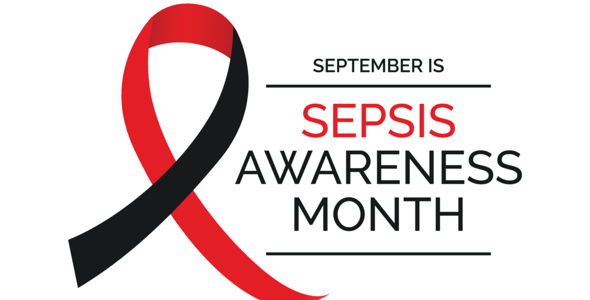Antibiotic resistant infections and multi-drug resistant infections have been on the rise in recent years. When it comes to sepsis, these infections have the potential to be much more dangerous because they can be difficult to treat.
September is Sepsis Awareness Month: Here’s What You Need to Know
Sepsis is the body’s life-threatening, imbalanced response to a severe infection. The condition affects 1.7 million people and takes 270,000 lives in the U.S. every year. This year, we face additional risks because of the threat of COVID-19.
Current & Potential Treatment Options For COVID-19
As cases of COVID-19 are on the rise again in several places in the U.S., the need for effective treatment remains. Many potential COVID-19 treatments that could have an impact on our ability to fight the virus are currently being developed or tested in clinical trials.
The Relationship Between Sepsis and COVID-19: What We Know
The Global Sepsis Alliance has stated that COVID-19 can cause sepsis, the body’s overwhelming and life-threatening response to an infection that can lead to organ damage and death. In the U.S., one in three patients who die in a hospital die of sepsis. Many different types of infections can cause sepsis, but the most common cause is pneumonia.
The Value of Diagnostics in Combatting Antimicrobial Resistance – A Public Health Problem
At this year’s World Anti-Microbial Resistance Congress, Dr. Tristan Timbrook delivered a...
Lindsay Denny Discusses the Critical Role of WASH in Preventing Infectious Diseases and Fighting Antimicrobial Resistance
WASH, which stands for water, sanitation, and hygiene, are basic...






